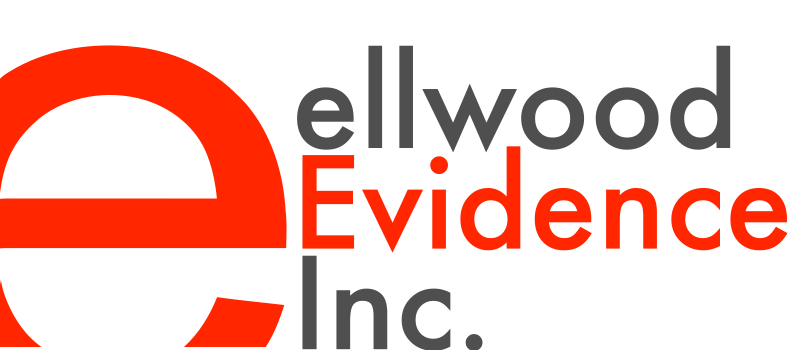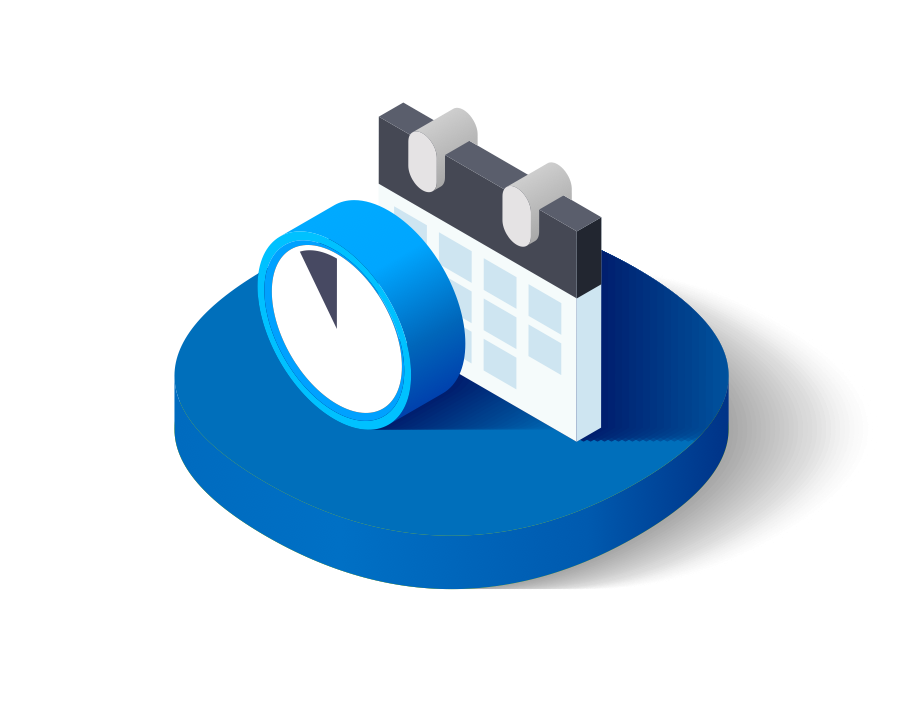Persuasion - It Is All About The Timeline
Persuasion
It's all about the timeline
Persuasion. The ability to persuade is one of the 'core competencies' of a litigator. You spend your life honing the skill. You turn an ability into an income and a lifestyle.
You are a story-teller. Stories persuade. All the affidavits, discoveries, cross-examinations, transcripts, exhibits, motions, factums, testimony, and your stirring closings are there to tell the story.
The best stories draw us in. They reward the listener in some way in exchange for their attention. The listener's attention is the only way, it must be respected, even honoured.
How to honour their attention? Tell a consistent, concise and engaging tale. Tell a tale that is 'too good to ignore'(1)1 to paraphrase the wise Steve Martin.
Unlike a stage comedian, you're not alone in the spot light. There is another tale that is competing for your audience's attention. Your learned colleagues of the opposing counsel are themselves trying to craft a more persuasive tale than yours.
Your tale needs to refute their claims, to diminish their assertions, to demonstrate that your tale is more compelling, more obvious, more correct.
There is your life's work, counsel. So, Rockstar, "How you gonna do it?"(2)
Start with the facts. In order. No matter the path of the narrative you decide upon to relate your story, the chronology is your foundation. Few of us are John Updike with his ability to hold a listener with a stream-of-consciousness narrative. We select elements of the timeline and weave them together in our narrative, sometimes out of order but always intentionally ordered, to bring across our tale. But if we aren't working from a chronology we can easily contradict ourselves or leave holes in the telling, or worse, disconcert our listeners and so dishonour their attention and finally, tragically, lose it.
It all must fit. Consistent, concise and engaging.
Paper files with the documentary evidence of the case piled up in the order of the dated documents is a start. This letter, then this invoice, then this bank transfer, then this contract and so on. Ok.
Putting these paper files into digital form takes you one step further. You scan the paper and ingest the evidence already in digital form, such as emails. And you build your chronological list. You tag certain documents to certain issues or themes in your story line. You filter the list, leaving you with all the documents that touch on a specific theme - helping you to see the issue and events in higher contrast.
A document that speaks to more than one issue can be assigned to more than one issue and so will appear in both lists (without the aid of a photocopier).
Some litigators consider this approach to be the state of the art. All the fancy eDiscovery applications from "grand-daddy" Summation forward are most often used to reach this chronological peak.
But are we really telling our story with documents? No. We are telling the tale with FACTS.
The documents support the FACTS. Put the FACTS in order, tag the FACTS to issues - now we are getting somewhere.
Let's sort these FACTS and develop a line of questioning in preparation for discovery. Let's put these FACTS to a witness and hear their response. How do they explain it?
The statements that witnesses make under oath are supposed to be FACTS as well. Let's add those to the list of chronological FACTS. Do they fit or are they contradicted by the weight of other FACTS?
Let's put the FACTS provided by one witness to the next witness in the context of the chronology - does it fit? Who is getting it wrong? Are we missing key FACTS?
Build the timeline, step by step, while maintaining the context.
Will an eDiscovery package that is organized around documents support you in these efforts efficiently? No. They aren't about FACTS.
CaseMap starts from FACTS. The primary organizing element is the FACT. When did it happen? Who did it? What support do we have to prove the FACT? What other FACTS weaken or strength our confidence in the veracity of this FACT? What issue or issues does this FACT speak to? How does this FACT fit in the narrative?
A FACT without evidence is a rumour or wish or lie - it is not a FACT.
A four page letter might provide the evidence for three separate facts, pertaining to three separate dates and involve half a dozen people that we want to cross examine. What we do? Sort the document by the date of the letter in the chronology and bury it? Fire up the photocopier?
CaseMap can capture these three separate FACTS, tag each FACT to one or more issues, set separate dates for each FACT and most importantly provide a link back to the evidence - not the entire four page letter, but the page and paragraph that supports of the FACT itself.
A four page document might be easy to flip through if you are only pointing to the letter itself, but what of a 40 or 400 page document? How would a link to page 1 of a 400 page document help you when arguing to support the FACT you support with paragraph 2 of page 365?
CaseMap ties the FACT to that second paragraph on page 365. One click and the document is open, on page 365 and paragraph 2 is highlighted - job done.
When a FACT is supported by page 489 of volume 2, line 15, of the transcript of the examination in chief of the witness. Sir, you stated, allow me to quote….Sir, your claim doesn't fit does it?
In CaseMap you collect the evidence. Documents, emails, chat logs, witness testimony along with events and notions you believe might be true or have heard were true. You build your supported FACT table, you build your timeline.
Looking over the chronology you test your theory of the case. Are the FACTS consistent? Do some of them stand in contrast to others? Which is better supported by the evidence in the case? Which FACTS can be marshalled to tell your story consistently, concisely?
How shall you arrange the FACTS to engage your listeners? To persuade?
The CaseMap Suite gives you the tools.
Together CaseMap, TextMap, TimeMap and Sanction are the swiss army knife of the story teller.
ellwood Evidence has decades of experience supporting every stage of the litigation process. Working in preservation, defensible collection of digital evidence and paper evidence to the creation of reviewable digital data sets and onward to building a theory of the case and its presentation strategies ellwood Evidence is well versed in the EDRM(3) method of practice.
ellwood Evidence can assist your practice by improving the process you use to marshal your FACTS, to ensure they are where they need to be when you need them and to assist you in using them to persuade with a consistent, concise and engaging timeline.
To learn more about ellwood Evidence and to read our other articles please visit our web site at https://www.ellwoodevidence.com/.
To learn more about the CaseMap Suite please see https://www.lexisnexis.ca/en-ca/products/case-map.page.
Authors
Stephen Ellwood is the CEO of ellwood Evidence Inc. based in downtown Toronto. He is a court certified expert in digital forensics and an acknowledged specialist in all areas of the eDiscovery process. Hundreds of Canadian law firms and corporations look upon Mr. Ellwood as a trusted advisor. Mr. Ellwood's resume is here https://www.ellwoodevidence.com/steve-ellwood/.
Stephanie Williams is the head of eDiscovery at ellwood Evidence Inc.. Ms. Williams is a licensed (non-practicing)Paralegal in Ontario and a member of the Institute of Law Clerks of Ontario. Ms. Williams has worked in the areas of litigation support and eDiscovery supporting lawyers and legal teams in the small, mid and large law sectors since 2005. Her experience and certifications in the world of eDiscovery are extensive. Ms. Williams' resume is here https://www.ellwoodevidence.com/stephanie-williams/.
(1) Martin, Steve, "Born Standing Up: A Comic's Life", Simon & Shuster, NY 2007
(2) ZZ Top's Billy Gibbons line in Nickelback's song 'Rockstar'
(3) EDRM acronym for "Electronic Discovery Reference Model", https://www.edrm.net/frameworks-and-standards/edrm-model/>

